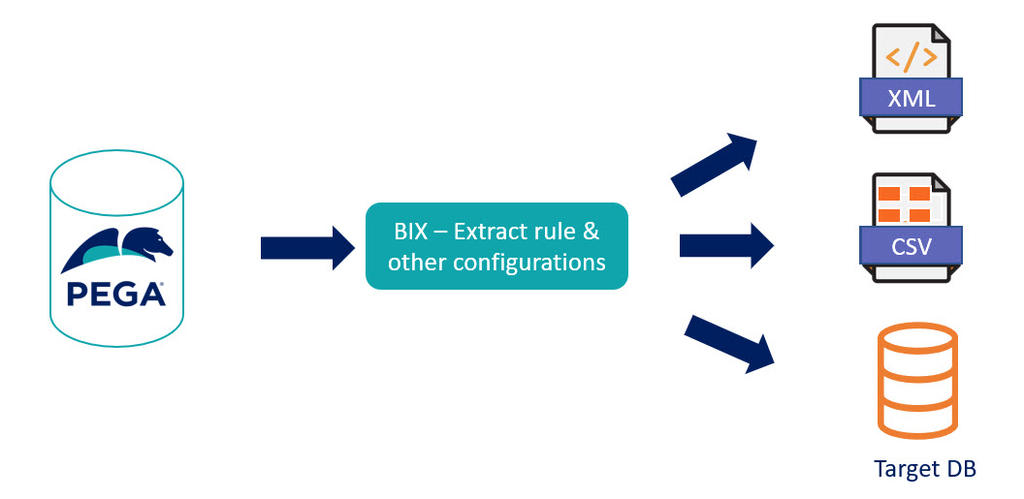
Defining a reporting strategy
2 Tasks
20 mins
Scenario
Front Stage has been experiencing issues with tracking the equipment used to prepare for outdoor events. Equipment that is not recovered, such as umbrellas and seat covers, affects the profit FSG makes on each event. Over the past 18 months, FSG has instituted bar codes on its equipment. For example, when an event attendee is given an umbrella, that umbrella's bar code and the bar code on the attendee's wrist band are scanned.
Front Stage has been renting equipment for outdoor events from third parties. Using the equipment bar-coding system's historical data, FSG considers whether the company can achieve more significant profit if it purchases and houses its own equipment.
After every event hosted by FSG, the bar-coding system's data is captured. FSG now wants that data imported to its system to facilitate business intelligence. FSG does not want this analysis to affect its Booking application's web tier users.
FSG does have an existing data warehouse where reports can be created. That data warehouse cannot receive data from the bar-coding system. Fortunately, FSG has been able to devise a way to accept the data by using Pega Platform.
Provide a recommendation on how best to handle the imported information to allow FSG business personal access to reports with minimal impact to the Booking application's web tier users. Identify viable approaches to meet the requirement and provide a recommended approach.
The following table provides the credentials you need to login FSG Booking application. However this challenge is mainly meant for evaluating the design options. There are no specific implementation tasks.
| Role | User name | Password |
|---|---|---|
| Admin | admin@booking | rules |
Detailed Tasks
1 Review design details
Data types can be defined in Pega Platform that correspond to the information collected by the bar-coding system. The data type instances can be persisted in an external database instead of the PegaDATA schema included in the Pega database repository.
If reporting is performed with the PegaDATA schema, numerous rows from that schema must be accessed to aggregate the data. Even if the database were tuned for quick retrieval of the data, putting large amounts of data on the clipboard can impact JVM performance and affect web-tier users who share the same PegaRULES database.
The best option is to leverage BIX to publish data from the external database to the data warehouse. The BIX extract process runs on a dedicated type=BIX node to avoid adverse impact to type=WebTier nodes. The following diagram shows how the data is moved from the external database to the Front Stage data warehouse.
A link to reports created in the data warehouse can be added to the dashboards that are viewed by FSG executives.
2 Review design alternatives
You can load the data into Pega Platform and create reports. However, retrieving several thousand rows and aggregating the results over time might have a heavy performance cost.
Available in the following mission:
If you are having problems with your training, please review the Pega Academy Support FAQs.
Want to help us improve this content?
